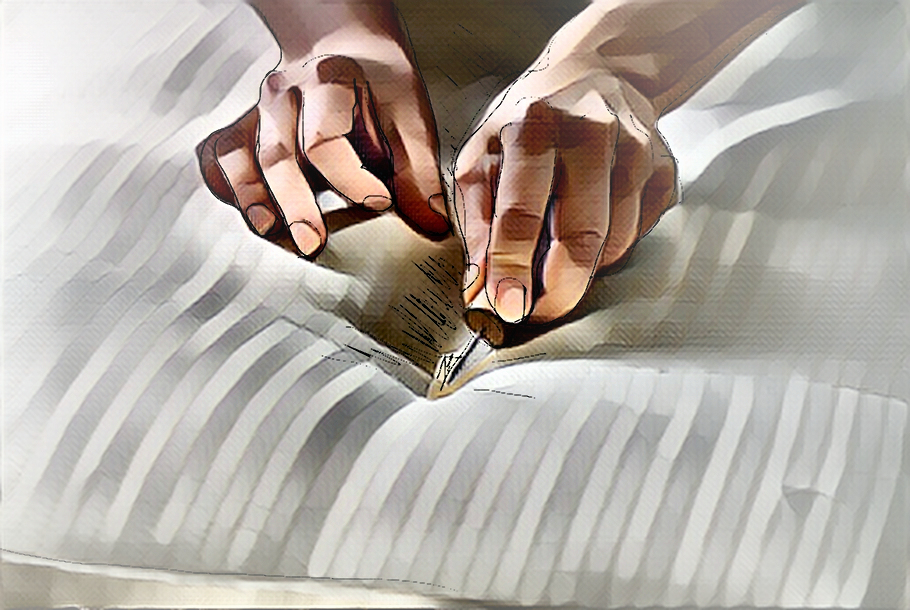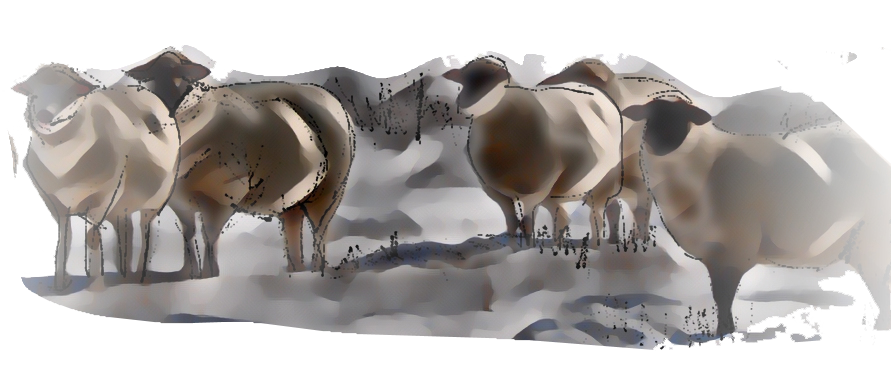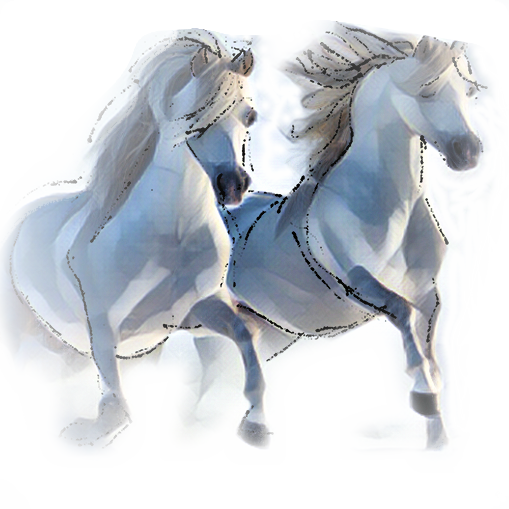
Put Nature in your bed, not petrol derivatives
Handcrafted locally in Belgium or Germany with natural fibres that we use since 1835.
The sleeper’s sweat must be absorbed by the mattress padding. Horsehair can absorb 20% of its dry weight in moisture without becoming damp on the outside, pure lambswool also. They are able to easily release moisture to the outside when saturated. No other padding material has such a capacity. The horsehair, and wool in the mattress promotes skin respiration and therefore your blood circulation.

Pure Lambswool
Wool has a strong curl and is very fluffy. Sheep’s wool not only ensures suppleness and elasticity. Its ability to absorb and bind vaporous moisture means it acts as a perfect buffer. It balances out temperature fluctuations and reduces the relative humidity. Natural sheep’s wool also has a special microbiological self-cleaning ability. Almost all impurities that get into the mattress over time are absorbed by the wool and neutralized in a natural way.

Horsehair
The horsehair that is used in the mattresses is horse’s mane and tail hair, which is mainly imported from South America. In the horsehair spinning mills, the horsehair is washed and then curled or crimped. This means that the horsehair is twisted together in a spiral to form coarse strands. These strands are then fixed using hot steam, which increases the bounce.

Natural latex
Natural latex is made from the sap of rubber trees. Unfortunately the designation “natural latex” can already be used if the latex contains at least 80% of this natural ingredient.
Please be aware that the chemical core substance of latex are linear macromolecules called isoprenes, which can also be produced synthetically from petroleum derivatives. It is only through the process of vulcanization that the latex gets its high elasticity and becomes useful to matress production.
When processing the latex milk into foam, a variety of chemical aids must be added (stabilizers, anti-aging agents, etc.). The same applies to vulcanization, which is essentially achieved using sulfur and heat. Therefore, the statement that 100% natural latex is used can only ever mean that no synthetically produced latex has been added.


